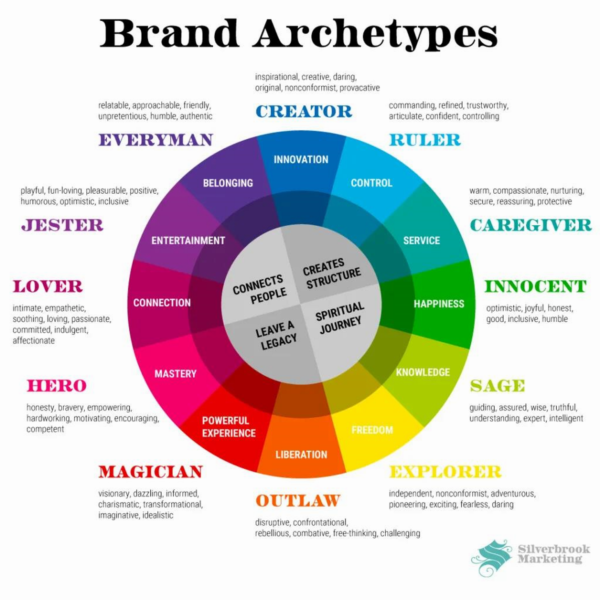Tips on How to Use Brand Archetypes to Strengthen Your NGO’s Brand Identity
Creating a strong and effective brand identity is essential for any organisation, including nongovernmental organisations (NGOs), as it helps to connect with your audience, attract funding, and achieve your NGO’s mission. For NGOs in Nigeria, especially those with limited resources and expertise in branding, leveraging the concept of archetypes can be a powerful tool in building a resonant and compelling brand identity. In this article, we will explore how you can identify the right archetype for your NGO based on its logo, vision, mission, and brand colours. Understanding Brand Archetypes
Brand archetypes are universally familiar characters or themes that resonate across cultures. Derived from psychologist Carl Jung’s theory, these archetypes embody specific traits and help shape perceptions. Some common archetypes include the Caregiver, the Hero, the Rebel, and the Sage. Each of these has distinct characteristics and appeals to different emotions and values.

Fig: https://silverbrookmarketing.com/what-are-brand-archetypes-and-how-can-they-guide-your-brand-identity/
Step 1: Analyse Your Vision and Mission
To identify your NGO’s archetype, the first step is to delve deep into your organisation’s vision and mission statements. What fundamental values and objectives do these statements highlight? For instance, if your NGO aims to protect women and children, you might resonate with the Caregiver or Lover archetype. If your focus is on education and knowledge dissemination, consider the Sage archetype. Are you advocating for systemic change or fighting against injustice? The Rebel or Hero could be suitable. Your vision and mission are fundamental in determining which archetype best aligns with your goals and the perception you want to create.
Step 2: Reflect on Your Logo and Brand Colours
Your logo and brand colours communicate much about your organization’s personality and ethos. Colours and design elements can significantly hint at your archetype. For example, green is often associated with growth, nature, and renewal, suitable for the Creator or Caregiver. Red can denote passion and courage, aligning with the Hero or Rebel. Blue reflects calmness, stability, and trust, which might align with the Sage or Ruler. Analysing your logo’s design elements can also guide the archetype selection. A dynamic, forward-pointing logo might suggest the Explorer or Hero, while a circular, inclusive design could suggest the Lover or Everyman. So, look at your logo’s elements and colours to determine the archetype that suits your NGO. However, this must also connect with your values as they all work together to define your brand personality. If you are just starting an NGO, it is best to identify the archetype before designing your logo as it will dictate the design, features, and colours.
Step 3: Consider Your Activities and Audience
Understanding the nature of your activities and the primary audience you serve can further refine your archetype. For example, if your NGO primarily deals with children’s education, the Innocent or Caregiver archetypes might be most resonant. If your NGO focuses on women’s rights and empowerment, the Heroine or Creator might be more appropriate.
Step 4: Integration and Consistency
Once you’ve identified a suitable archetype, the next step is to consistently integrate this character across all your branding materials and communications. This means aligning your messaging, visual identity, and even the tone of your communications to reflect the chosen archetype. This consistency helps build a strong, recognisable brand.
Conclusion
Choosing the right archetype can significantly enhance how NGOs connect with their communities and stakeholders. It simplifies complex missions and visions into relatable stories and identities that people can understand and support. As an NGO leader, spending time critically assessing your organisation’s core values, audience, and visual elements in light of archetypal branding can yield significant dividends in terms of brand strength and outreach effectiveness. Remember, the goal is to make your NGO not just seen but deeply understood and appreciated. The archetype defines your NGO’s personality and helps craft communication to stand out from other NGOs doing the same thing as you are, growing your brand (NGO). While branding is not a common practice among Nigerian NGOs, it is an effective way to build your NGO and get the recognition you deserve. Take time to build one.


